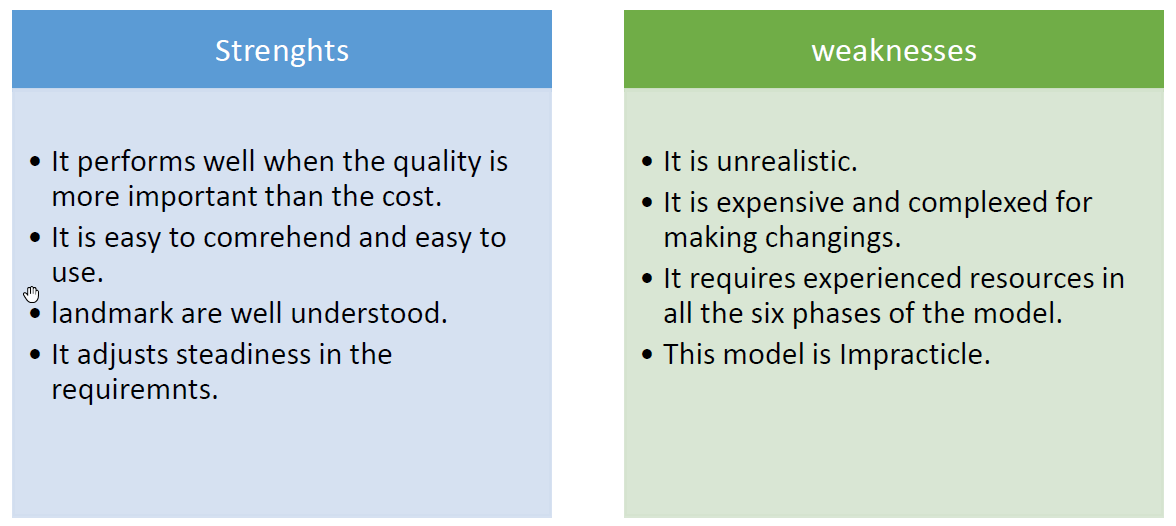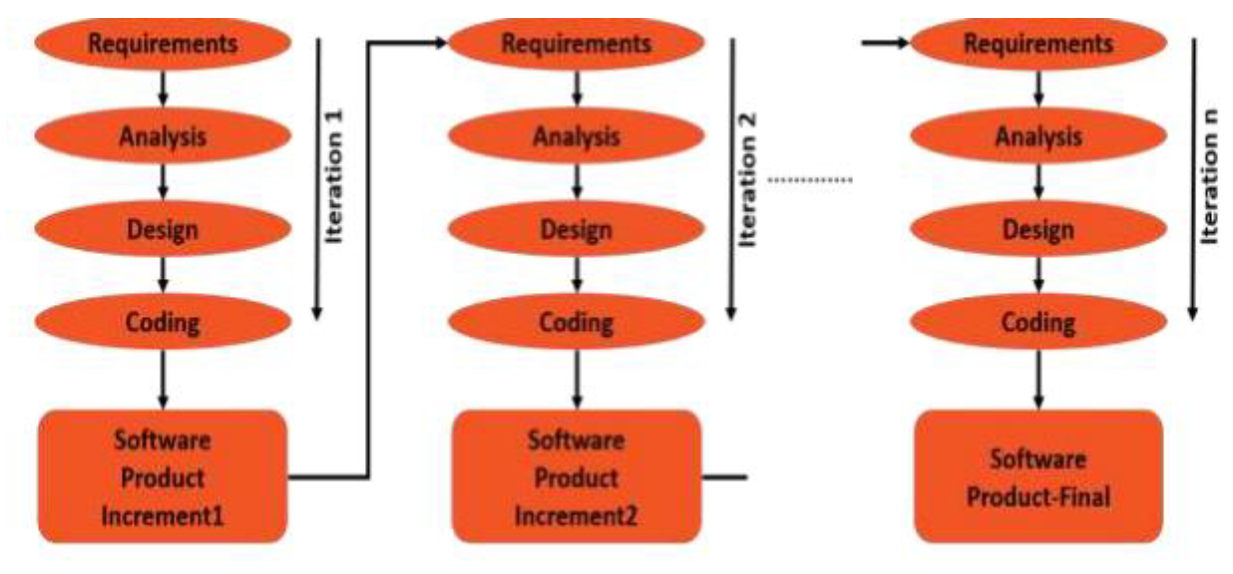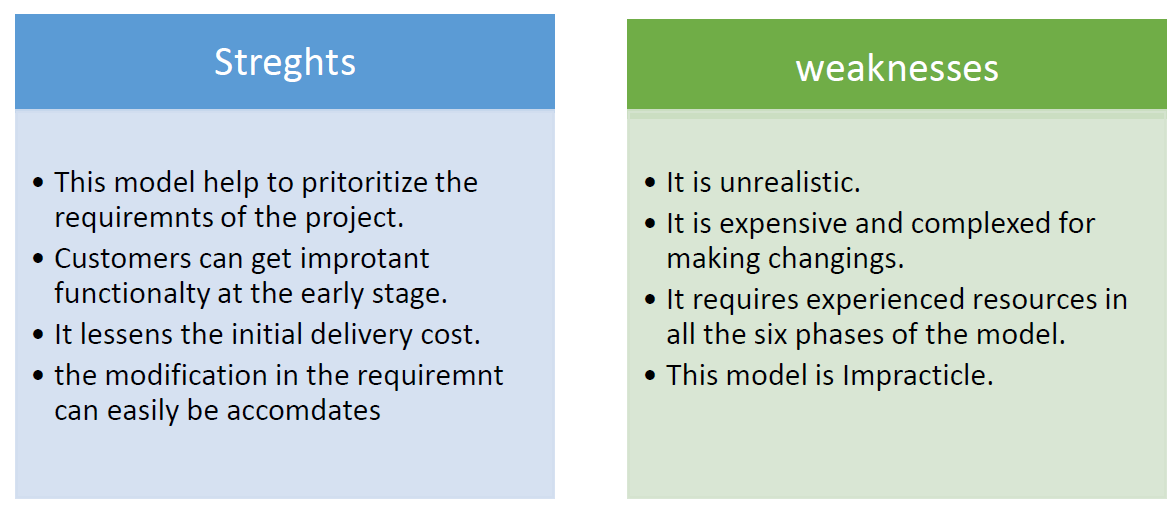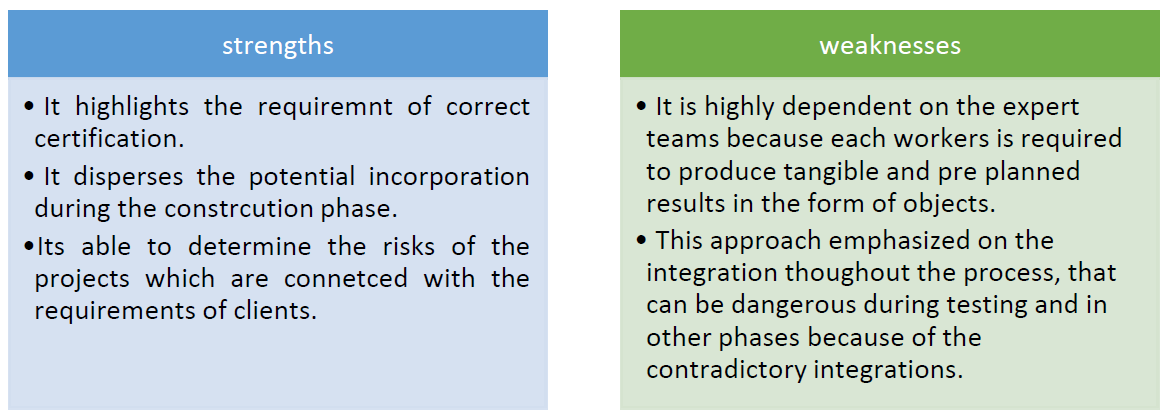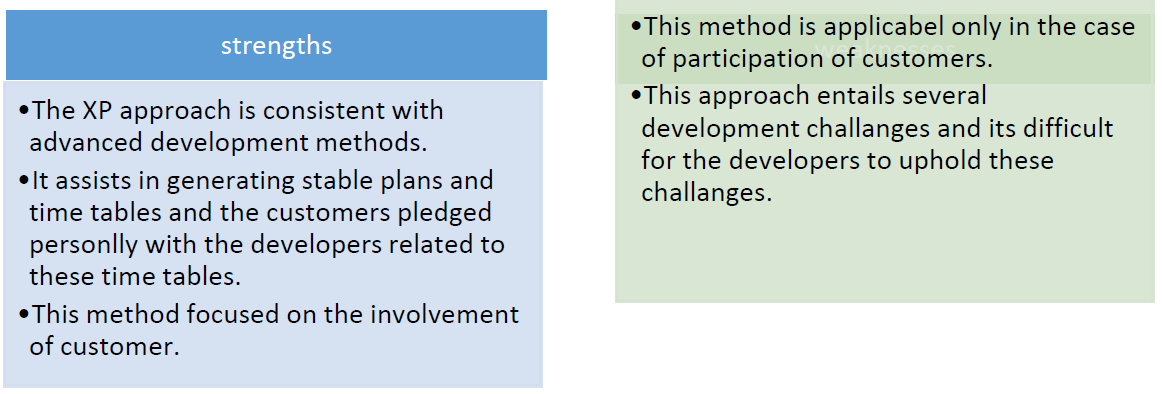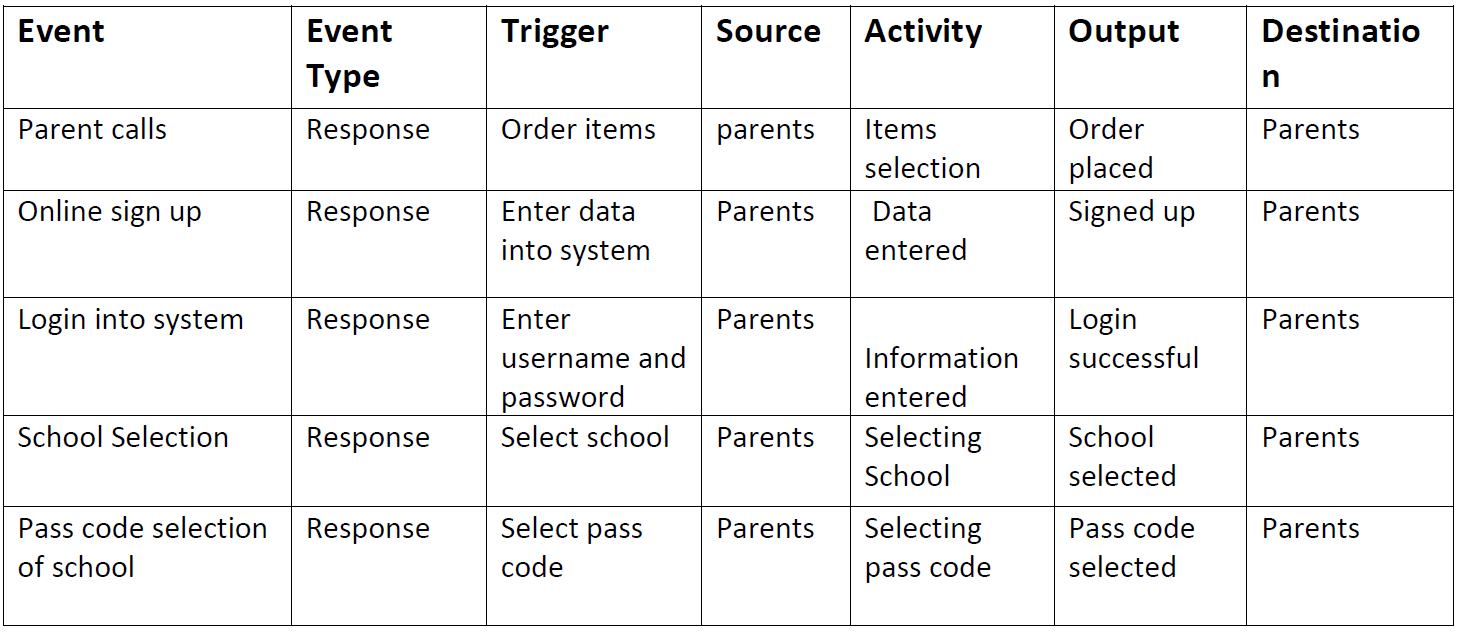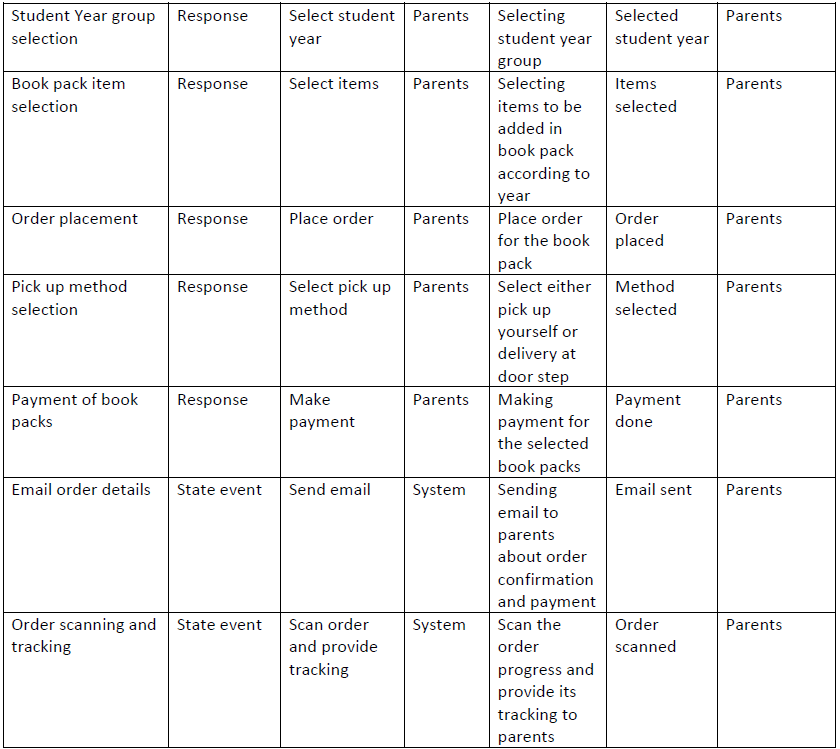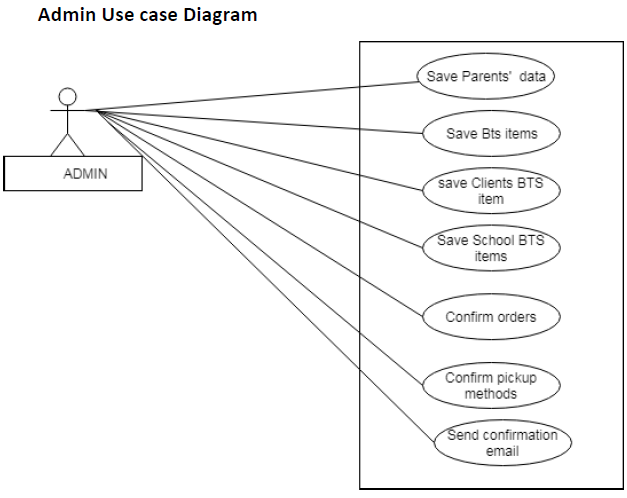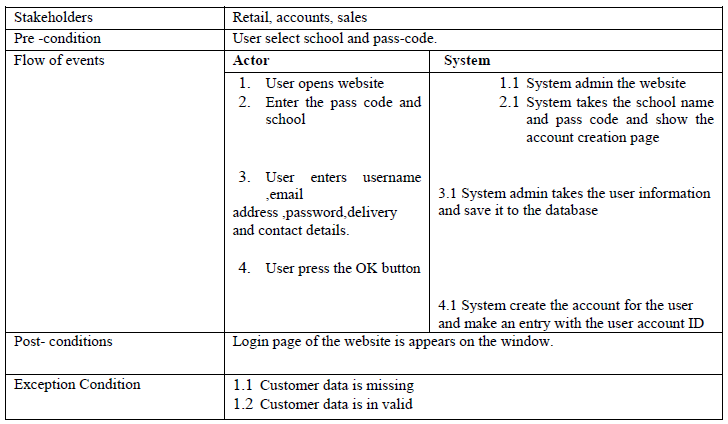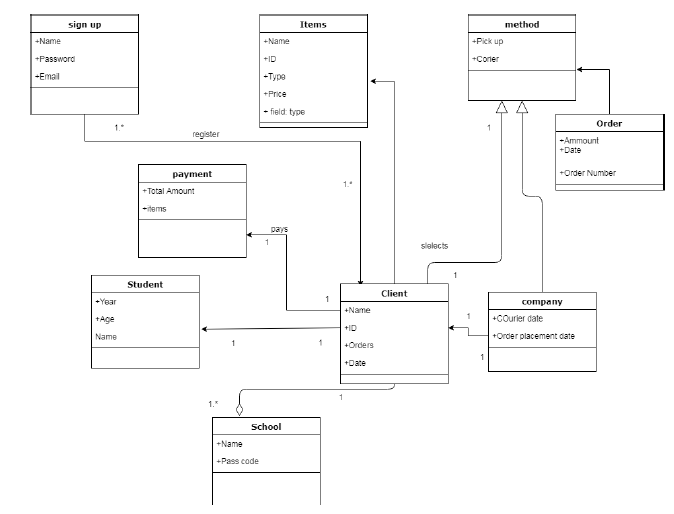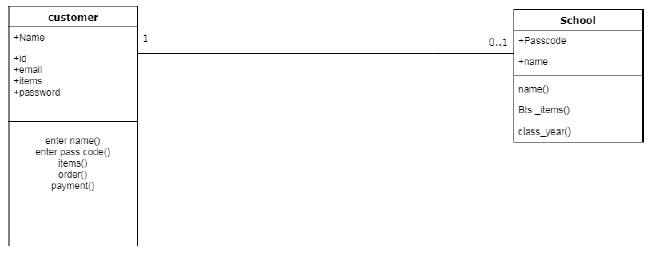Introduction:
System development lifecycle is also mentioned as the appliance of the advance life cycle that is used in information system, software engineering and systems engineering. It is a procedure of illustrating preparation, generating, experimenting and positioning the information systems (Selecting a development approach). This concept of lifecycle approach is useful on the variety of hardware and software formation. Its objective is to produce a high-quality system that meet or surpass the potentials of customers by bringing systems that change through the clearly defined phase within cost approximations and arranged time frames. As computer systems are complexed and to manage these complexities the system development approach has introduced many methodologies such as water fall model, agile method, spiral and software development etc.
Q1:
There are two forms of system development life cycle approach:
Predicative approach
Adaptive approach
Adaptive approach to system development methodology:
It is a method that undertakes that project can be flexible and adjustments can be made according to the requirements of the development in project. Adaptive approach has six phases.

The adaptive method can be executed when the user’s requirements and needs cannot be clearly comprehensible. It acknowledges the probability of selecting the project and modify it due to disparities in workers, superiorities and due to the professional development. Radack (2009) explained that the adaptive model interferes the selection of the projects into different and minor sections and after that assemble these parts more interactively. The adaptive planning can be made in the advance projects that provoke fluctuating situations. Though, the obligations of this method are unspecified, and it indicates high methodological hazards. Moreover, the results of this approach can be unsuspected (Warner, 2005).
Predictive Approach:
In this approach, it is perceived that the project can be planned earlier, and the innovative information system can be settled corresponding to the plan.it is a completely defined, well understood technique that involves little procedural hazards. Predictive method is the renowned approach, which is reliant on the planning of this approach due to the delivery of a direct and obvious development plan. This approach is predictable and inevitable which is organized based on fixed ending results in a stipulated time. Most of the organizations use water fall model in the predictive point of view.
Methodologies Adaptive system development:
Adaptive software development is a change towards practicing adaptive, assigning deterministic processes in the framework of multifaceted systems and environments. It focuses on the collaboration and learning as method to develop composite structures. There are some of the methodologies of adaptive system development that are as follows: (Software development Approach).
Water fall model:
It is a classical approach of adaptive system that is extensively recognized, comprehend and used frequently. It was presented by Royce in 1970 and its being practiced as mutual method for software development in numerous organization beyond diverse countries. The water fall method has 5 phases.
Figure 1: six phases of water fall model
Strength and weaknesses of water fall model
Iterative incremental model:
This model is in the state of gain because of the incomplete implementation of the total system and accumulation of the increased performance. The process remains repetitive till the completion of the whole product development. These replications are referred as iterations and a product increment is delivered after finishing each iteration.
Figure 2: phases of iteration model
strengths and weaknesses of the iterative model:
Agile method:
This approach is based on agile strategy and are adaptive in nature. This method certifies the involvement of team, persistence and response to change and willingness of work product. The directions of agile method cannot be circumvented, and it entails controlled implementation.
Releases
The unified process (UP):
This process was initiated in 2003 by the IBM and the main purpose of providing this model is to implement the approaches of the development cycle efficiently. It is not a tangible development model, but it is envisioned to be adaptive and personalized to the specific needs of the project. It is based on the important ideas such as phases of development and the building blocks. These building blocks are used for explaining that what should be produced, who is accountable for producing, how production will take place and when production is complete. The four phases of
the unified process includes and beginning phase , construction phase, evolution phase and teamwork phase (Morse, 2017).
Extreme programming XP:
Extreme programming has advanced by the complications due to the extended development cycles of outdated progress models. It disrupts the process into slighter controllable parts such as planning, analyzing designing on each part of the individual relatively to the whole project. Therefore, it decreases the rate of changing software (Beck, 1999). The fundamental laws of XP are esteem, easiness, communication, response and valor. Kent Black initiated the basis of extreme programming in 1990s and after that, it was termed as Extreme Programming procedure and evidenced to have an effective method. The significant factor of XP is that it distillates on the flexibility as compared to expectedness. It has four dimensions such as the necessity to improve communication, searching for simplicity, proceed with courage always and to know about the performance by the feedback.
Scrum development methodology:
This method has been initiated to manage the process of system developments and it focuses on functioning of the members of the team for producing the elasticity in the consistent changing environment. It involves several technical and ecological variables that have chances to change during the process. It is a set of strategies that administer the advance process of a product for the project stage toward the completion (Malhotra & Chug, 2013). This procedure can be useful for any of the development projects that are altering quickly with highly developing necessities. It initiates with a transitory preparation, meeting and accomplishes with a concluding review. It is applicable for prompt development of software and its ideal because of processing effectively even in the measured progressing projects.
Q1b:
This is the case study about the school supplied private limited which is Brisbane bases business and supplies the stationary items to the business clients. These stationary items includes papers and pens etc. but this business is mainly based on educational provisions to schools and to the parents of school going children. initially, the supervision and retail sales process was managed by the accounting software QuickBooks and with the annual back to school process (BTS). In this process, the stock control was not the part of the process and payments were made by the bank. Still, due to the insufficiencies of this online process, Rebecca who was manager of the business made some modifications in the online process. The made the core online BTS system and also introduced the invoice and autogenerated systems in quick books. The manager invited the parents to make School Supplies online account with the entering the details of delivery, contact, username and password. And after that they will specify the book packs for their children. new system also decided to make payments though online banking system. The case study is appropriate for using
strengths
•team has the complete power to make decisions.
•it helps the developers to quanitufy the output oof all indivudals that woud be helpful for improving the efficiencies among the members of team.
•it is a skillful method that focused on repeated progress apprising.
weaknesses
•its applicable for small projects and not for the larger projects.
•this method is only applicable for the skilled workers.
•with the imprecise time and cost can not be efficient in this method.
the unified model. The unified process has been chosen for the study because it is an planning based , iterative and incremental model which powers the combined modelling dialects and submissive with the system process engineering metamodel. However, adopting this techniques will have certain kind of advantages and disadvantages. Such as, that with this technique the business school private limited will be able to identify the accurate documentation. the manager Rebecca and the head of this business will be able to determine the project risks relevant to the client developing requirements. The weakness of adopting this technique that business school have to meet is that this approach is complexed and not well organized. Secondly, it needs the skilled team workers and the integration during software development processes of the business school can make confusions and problems.
Q2:
Memorandum:
Subject: Request for handling the design of Human Computer Interface of the online back to school system.
The main objective of this memorandum is to handle the methods and plans for revising the new online back to school system by managing the design human computer interface. The reviewed plans for the new online back-to-school system will make sure that records in this system are appropriately coded by the department of school supplies Pvt limited. The business school deliver stationary items to the parents and business clients for school going children. Primarily, the management and marketing sales process was accomplished by the accounting software QuickBooks and with the annual back to school process (BTS). In this procedure payments were made by the bank or by cash on delivery system. Still, due to the inadequacies of this online process, Rebecca who was manager of the business was not satisfied with this process and she made some alterations in the online process. Now she made the core online BTS system and also presented the invoice and autogenerated systems in Quick books. She requested the parents to make School Supplies online account with inserting the details of delivery, contact, username and
password. And after that they will postulate the book packs for their children. This system also decided to make payments though online banking system and the supply levels in QuickBooks can be adapted automatically for the time being. The attached memorandum further explained the school private limited decided that the delivery system will be supplied by the courier, all the clients will partake one or more book packs that will comprise the BTS system.
This technique describes the supplement of system analysis corresponding to human computer interface and it will deliver the formal guidance and plans of the method of this analysis. A diversity of expectations and methods will be accessible in this approach and there is considerable connection between the two activities. After that, different human computer interface methods such as system design, analysis for information explanation were revised. The main cohesions are requirements of information about human undertaking and the approaches and constructions combined with the cognitive dimension of individual information indulgence.
Presentation of Human computer interface approach
This method will find the obligations of the task analysis such as the clients of the business school private limited will be parents of school going children and the business clients. The payments will be done by the online banking systems. To follow this approach there are some phases.
The main task of this approach is to discrete the work towards different sections for the goal achievement. The manager of this company make some alterations in the online business system and make some sections of the methods such as online banking system, back packs of the client and the online BTS ordering systems.
The next phase of this approach is the necessity of the practical logic of exemption. In this process, the description of order is recorded in the simple English language. Moreover, some of the parts of the systems will be excluded from the process for the sake of long-windedness and the functions will be clarified by the noticing that which processes are needed to be omitted. In this case study, Rebecca decided to exclude the QuickBooks interconnection with the online BTS system, stock control and the cash on delivery system. Apart from this Rebecca introduced the school back packs system order in which the clients enter their password, contact information and ordering items and the details about the delivery and pickup.
In the next phase, clients will be asked to provide the complexity analysis that describes stages to split the long and complexed tasks and also it provides a methodical basis for comparing the human abilities regarding task complexities. In the school business private limited, school supplies online clients will be parents and the business clients and their record was kept as the scale complexity. This records will include the id of the client, his name, invoice, contact details, delivery processes and payment details.
The next phase of the human computer interface is the dialogue and process design. In this phase, alter tasks are required towards programs supplies for the presentation of interchanges and screen presentations. These design methods are well expressed that are suitable for converting the methods towards system designs, it will be used in the new BTS system design method for the transformation of specifies programs such as, for keeping BTS items in specific order, for the back packs of clients and for making changings in book packs.
Question 3: Use Case Modelling
a) Event Table
b) Use Case Diagrams
C) Use Case Description
Question 4:
Domain Model
a) Domain Model
b) Class Diagram






